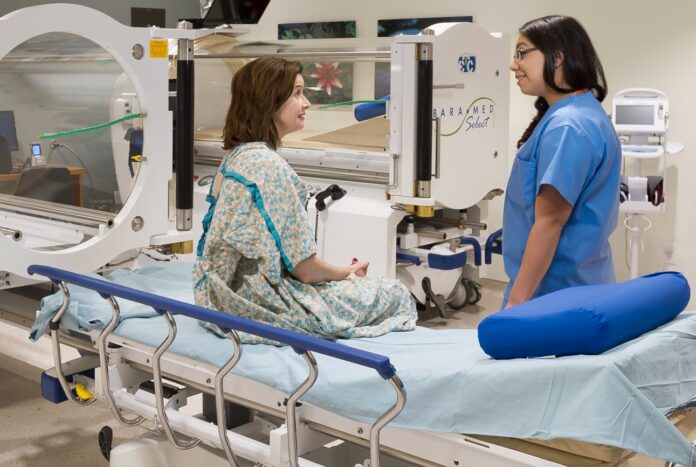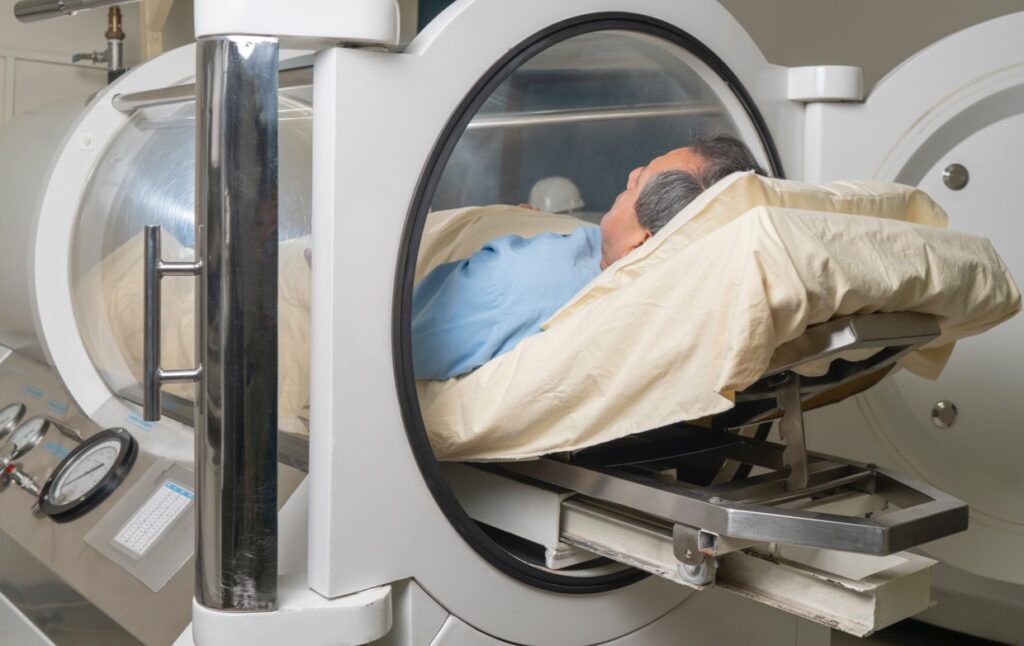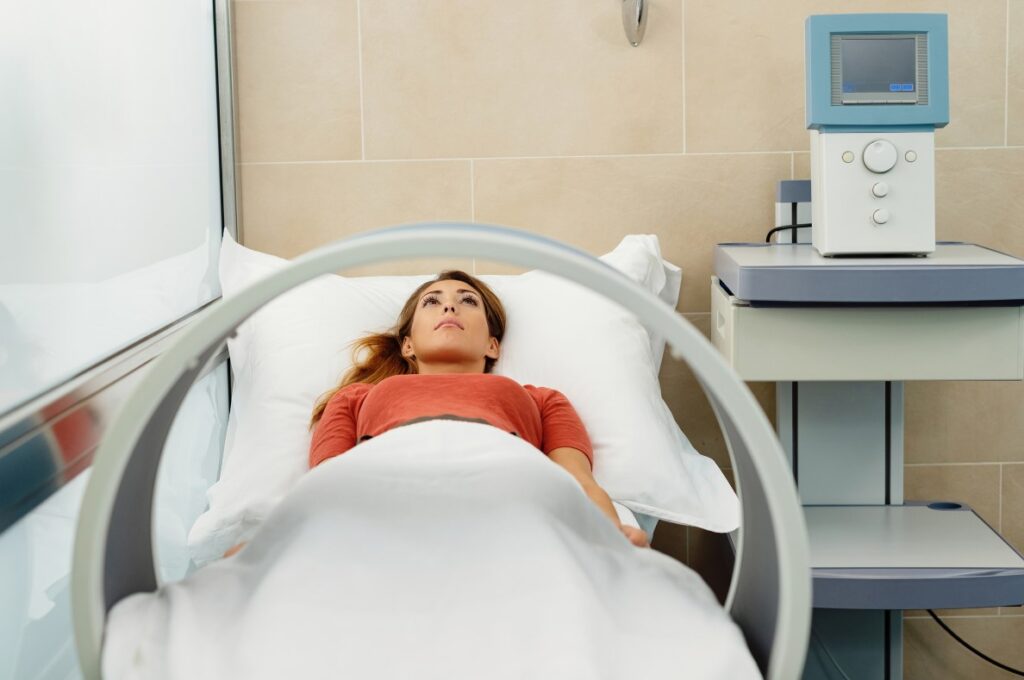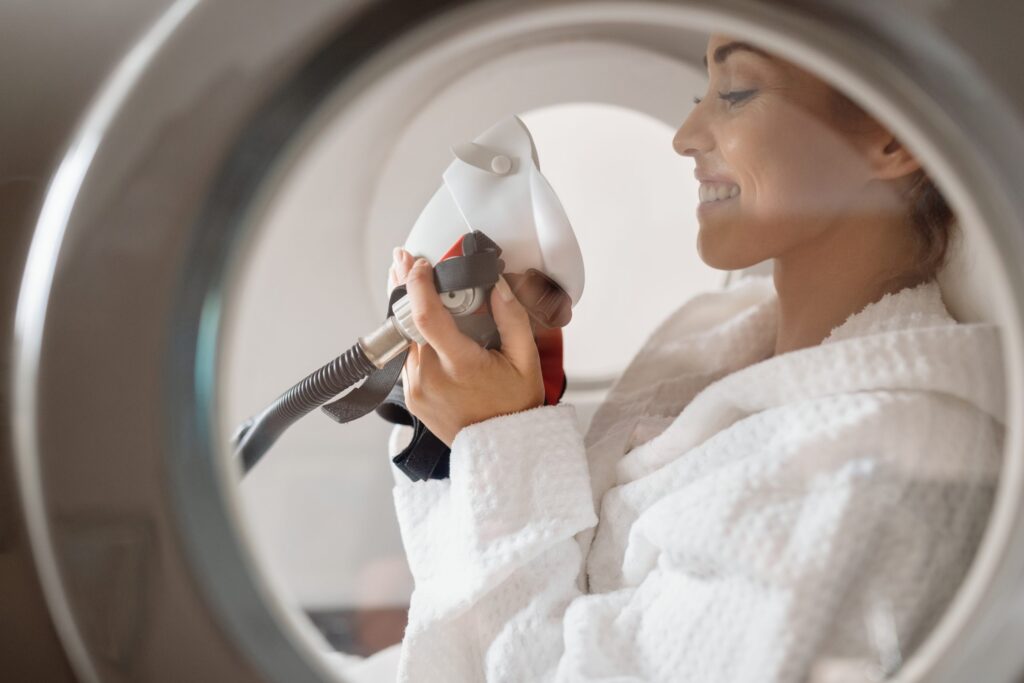
In the realm of medical treatments, Hyperbaric Oxygen Therapy (HBOT) emerges as a fascinating subject, offering a beacon of hope for various conditions.
This therapy involves breathing pure oxygen in a pressurized room or tube, a concept that has sparked both enthusiasm and skepticism.
Our focus here is to dissect the real impact of HBOT, sifting through the data to discern the truth about its success rate.
The Essence of Hyperbaric Oxygen Therapy

Hyperbaric Oxygen Therapy Beverly Hills, a medical treatment in LA, involves the administration of pure oxygen at higher than atmospheric pressures.
This process enhances the body’s natural healing mechanisms by increasing oxygen delivery to damaged tissues.
Scientific Basis and Application
At the heart of HBOT lies its ability to dramatically increase the amount of oxygen your blood can carry. This augmented oxygen supply aids in fighting bacteria and stimulates the release of substances called growth factors and stem cells, which promote healing.
HBOT has found its use in treating a variety of conditions, from decompression sickness suffered by divers to serious infections and wounds that won’t heal due to diabetes.
Evidence of Effectiveness
While its efficacy is widely acknowledged in certain medical scenarios, its application across a broad spectrum of conditions remains under scrutiny.
Clinical trials and research consistently support its use in approved indications like carbon monoxide poisoning, diabetic foot ulcers, and radiation injuries.
However, for conditions beyond these, the evidence varies, underscoring the necessity for further research to fully validate its broader therapeutic potential.
Success Rates in Focus
When evaluating the success of HBOT, it’s crucial to differentiate between its application in approved versus experimental conditions. This distinction not only sheds light on its effectiveness but also guides expectations for patients and practitioners alike.
In Approved Treatments

For conditions where it is approved and recommended, success rates are notably high. For example, in the case of diabetic foot ulcers, studies have shown that HBOT can significantly reduce the risk of amputation.
In instances of carbon monoxide poisoning, timely HBOT can markedly decrease the incidence of neurological sequelae, showcasing its critical role in emergency medicine.
Beyond Approved Uses
The exploration of treating conditions outside of its approved list is where the discussion becomes more nuanced.
Anecdotal evidence and preliminary studies suggest potential benefits in areas like stroke recovery, cerebral palsy, concussions, and certain neurological conditions.
However, the lack of large-scale, conclusive studies means that these applications, while promising, are not yet fully endorsed by the medical community.
This gap between anecdotal success and scientifically validated outcomes is a critical area for future research.
Conclusion

The medical sector is full of options and difficulties, as demonstrated by hyperbaric oxygen therapy. Its effectiveness in permitted circumstances is indisputable, and scientific data substantiates its substantial advantages.
However, research into its wider applicability potential is continuing, emphasizing the need for continued study and clinical trials.
In the landscape of modern medicine, HBOT exemplifies the journey from skepticism to acceptance of novel therapies, reminding us of the importance of rigorous evaluation and the promise of innovative treatments.
As we navigate the evolving narrative of HBOT, the focus remains on separating fact from fiction, ensuring that the therapy’s use is grounded in solid evidence, benefitting patients with conditions both approved and under investigation.








